when we use Medical Acupuncture and how it works
Western medical acupuncture is a therapeutic technique involving the insertion of fine needles into different musculoskeletal areas on the body. It is an adaptation of Chinese acupuncture using current knowledge of anatomy, physiology and pathology, and the principles of evidence-based medicine.
so, why do we use it?
Western medical acupuncture is principally used by conventional healthcare practitioners such as Osteopaths, physiotherapists, nurses and Chiropractors. The most widespread application of acupuncture is for pain relief, most commonly musculoskeletal pain such as myofascial trigger point pain but also other forms of chronic pain such as neuralgia and cancer pain, it is also effective for postoperative pain and nausea.
We choose to use it once we have done a medical examination, appropriate investigations and given a diagnosis that is suitable for treatment with acupuncture, either solely on its own or in combination with Osteopathy or Massage.
How does it work?
Acupuncture needling main effects are achieved through stimulation of the nervous system. These effects happen through local antidromic axon reflexes, releasing neuropeptides such as calcitonin gene related peptide and increasing local nutritive blood flow. There is also well-established evidence that acupuncture causes the release of opioid peptides and serotonin.
The nerve impulse produced by the acupuncture needle is transmitted to the periaqueductal grey area of the mid-brain, where enkephalin is released. Enkephalin is a natural occurring peptide that has potent painkilling effects. In turn, once Enkephalin is released it brings about the release of the monoamine neurotransmitters serotonin and norepinephrine in the spinal cord. These monoamines play a role in suppressing the transmission of the pain impulse. In addition to its role in reducing pain, serotonin is involved in producing an antidepressant effect in the brain.
Another effect of medical acupuncture is the release of beta-endorphin and adrenocorticotropic hormone (ACTH) from the pituitary gland into the bloodstream and cerebrospinal fluid. The endorphins produce system-wide pain relief, remote from the area where the acupuncture needle was inserted. ACTH, in turn, activates the adrenal gland to release cortisol into the bloodstream. Cortisol is a naturally occurring steroid substance that has anti-inflammatory properties.
Acupuncture safety
When it's done by a qualified practitioner, acupuncture is generally very safe. Rarely, some people experience mild, short-term side effects such as:
Pain where the needles puncture the skin
Feeling sick
Bleeding or bruising where the needles puncture the skin
Drowsiness
Feeling dizzy or faint
Is it painful?
Some areas of the body are slightly more sensitive than others, as the needles enter you may feel a sharp prick however most of the time you hardly feel anything. Once the needle is in place you usually cannot feel it and the same when they are removed. If at any point during the process you feel uncomfortable you can just speak with the practitioner and they can remove the needles.
step by step process
Your Practitioner will take your medical history and speak with you about your pain/concern, an active and passive examination will take place and your practitioner will give you a diagnosis. If Acupuncture is appropriate, your practitioner will explain how it works and the benefits/risks and then it is your choice if you would like to go ahead and have Acupuncture in your treatment plan.
Your practitioner will explain which areas they are going to acupuncture, and get you in a comfortable position for you to be able to relax while the needles are in.
Your practitioner will wipe the area of the skin clean
The needle is single use, pre-steralised needles. It is inserted in a quick motion, once the first needle is in the practitioner will check how you are feeling and ask if you are happy for them to continue.
Depending on the area the practitioner is needling, they may move or twist the needle to elicit a response from the muscle, which may cause the muscle to twitch. This is a completely normal process that happens during needling.
Once all the needles are inserted the practitioner will leave them, this can be up to 20-30mins.
Once the needles are removed, they will the wipe over the skin and that’s the process finished.
References:
White, A., 2021. Western Medical Acupuncture: A Definition - Adrian White, 2009. [online] SAGE Journals. Available at: <https://journals.sagepub.com/doi/10.1136/aim.2008.000372> [Accessed 20 January 2021].

